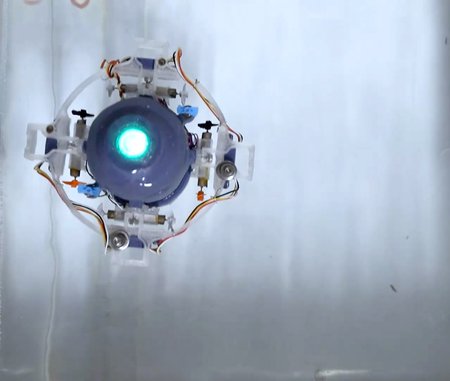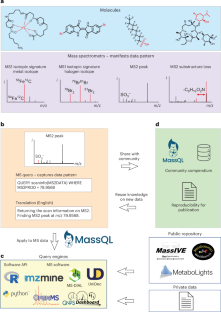2025-05-12 カリフォルニア工科大学 (Caltech)

Researchers have taught the CARL-Bot to position itself such that it can catch a ride on underwater vortex rings rather than fighting the turbulence.Credit: Gunnarson/Dabiri/Caltech
<関連情報>
- https://www.caltech.edu/about/news/carl-bot-catches-an-underwater-wave
- https://academic.oup.com/pnasnexus/article/4/2/pgaf031/8016020
エネルギー効率の高い推進力のための渦輪サーフィン Surfing vortex rings for energy-efficient propulsion
Peter Gunnarson , John O Dabiri
PNAS Nexus Published:25 February 2025
DOI:https://doi.org/10.1093/pnasnexus/pgaf031
Abstract
Leveraging background fluid flows for propulsion has the potential to enhance the range and speed of autonomous aerial and underwater vehicles. In this work, we demonstrate experimentally a fully autonomous strategy for exploiting vortex rings for energy-efficient propulsion. First, an underwater robot used an onboard inertial measurement unit (IMU) to sense the motion induced by the passage of a vortex ring generated by a thruster in a 13,000-L water tank. In response to the sensed acceleration, an impulsive maneuver entrained the robot into the material boundary of the vortex ring. After entrainment, the robot was propelled across the tank without expending additional energy or control effort. By advecting with the vortex ring, the robot achieved a nearly fivefold reduction in the energy required to traverse the tank compared to swimming in quiescent flow. Using the controlled finite-time Lyapunov exponent field and corresponding Lagrangian coherent structures, we analyze and explain the initial entrainment process and the sensitivity to the starting time and position of the surfing maneuver. Additionally, linear acceleration as sensed by the onboard IMU was found to correspond with the pressure gradient of the background flow, and rotational acceleration is suggested as a method for measuring the vorticity of the vortex ring. This study serves as a proof-of-concept demonstration of the potential for onboard inertial measurements to enable efficient interaction with background fluid flows.



